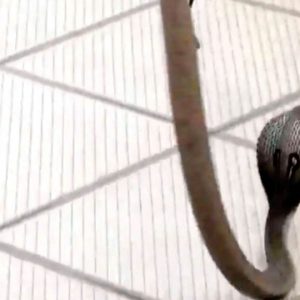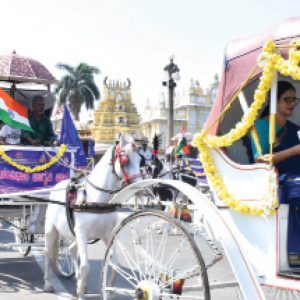Museums with authentic information presented in languages that can be grasped by visitors from different regions of a State, a country and the world at large are painstakingly set up but not patronised by tourists at large to the extent matching the effort and cost that go into them. The cases of Rail Museum, Folklore Museum, Regional Museum of Natural History, Sand Sculpture Museum, Indira Gandhi Rashtriya Manav Sangrahalaya, Melody World Wax Museum, R.K. Narayan’s House, Jaganmohan Palace Art Gallery, Adhyatmika Museum of Prajapitha Brahma Kumaris Ishwariya Vishwa Vidyalaya and others in Mysuru are bestowed far less prominence than the more visited destinations such as Mysuru Zoo, Ambavilas Palace of erstwhile Kings of the Wadiyar dynasty, Bandipur Tiger Reserve Sanctuary, Krishna Raja Sagar-Brindavan Gardens, St. Philomena’s Church, Chamundeshwari Temple at the hilltop and others in the tourism promotion literature produced by the Department of Tourism, Government of Karnataka. Similar muted propaganda for many valuable museums in different regions of the country can be gauged going by reports in the media flashing the huge numbers of foreign visitors at those destinations such as Taj Mahal, Goa beeches and so on.
The term museum piece, often used humorously for hinting someone old-fashioned, seems to be covering many formerly ubiquitous devices such as the radio, table-top computers, telephones connected by cable and with turning dials showing the numerical digits, not to forget the elderly in advanced age languishing in many families. Sections in the present generation cannot hide their sarcastic outlook towards these museum pieces as it were.
Mysureans wondering about their city hosting the museums mentioned earlier and have not visited them in their lifetime can be embarrassingly big in number. Even school-bound children, who can be the beneficiaries of accessing message from these museums generating boundless thoughts enlarging their horizon of ideas in later life, are not encouraged by the teacher fraternity at large, barring a few exceptions. As rightly observed by Ann Arbor, an academic based in University of Michigan, United States of America, recent declarations on preservation of India’s heritage have left many issues unaddressed. How will objects be sourced to be displayed in the museums? Who will staff these museums? What narratives will be generated to ensure authenticity? Are some of these issues that require scholarly teams to be assigned the task of addressing? Museums that don’t look like ruins of a country’s past assets, like the case of Hampi in India or Pompei in Italy can convey message of generations of a distant past in mute language.
A core group of knowledgeable persons with proven credentials has to be constituted to oversee the upkeep of existing museums and creation of new ones. The Corning Museum of Glass (CMOG) in New York State with 29,000 articles on display is a living example of an ideal design of a museum. In short, the articles of a museum shall not degenerate as museum pieces in whatever sense.








Recent Comments